Fried Eggs with Za’atar, and lessons from a restaurant kitchen
Sep 14, 2011, Updated Jan 02, 2015
This post may contain affiliate links. Please read our disclosure policy.
One of the benefits of going to culinary school is that you have an opportunity to work as an apprentice when you complete your program. Doing back-breaking work for free may not seem like much of an ‘opportunity’—as I was often reminded by my brothers—but having the chance to put all that I had just learned into practice in a restaurant made the brief experience very much an opportunity for me.
My apprenticeship, or internship, was at Boulette’s Larder at San Francisco’s Ferry Building. If you have been to the Ferry Building you know it is no hardship to find yourself in this gorgeous food mecca on a daily basis. The restaurant is a lovely, small corner overlooking the Bay Bridge and opening out to one of the finest farmer’s markets around (even if the priciest). Each morning there I walked along the waterside, where hordes of commuters disembarked ferries for their offices, to pick up the bread for the restaurant at Acme bakery. There were young San Francisco-style guys who worked there and brought out enormous bags of bread for me, and I suspected they thought I was more their age than my own. I guess that kitchen whites and clogs can be deceiving.
In the restaurant kitchen, my morning’s peaceful bread-retrieving excursion was snapped out of me as I took my position as the intern, at the ready to assist the sous-chef and her entourage of helpers. From day one, the sous-chef was an intimidating figure: a tiny, beautiful Korean woman with laser-sharp focus. Her demeanor was exacting, relentless in her perfectionism for her food, her staff, and herself. Her knowledge of ingredients and culinary technique was astounding—all of it learned on the job, as evidenced by her arms, tattooed not in ink but in countless burn marks from wrist to elbow. So you can imagine how she might have felt about a former suit who quit her job and came to San Francisco to go to culinary school, who was a writer and was working in the restaurant just to get some experience for a couple of months. On that first day, after I’d ruined gallons of béchamel by over-seasoning it with white pepper, she asked, “How long was that program you went to?”
One of the reasons the chef (the sous chef’s boss) had agreed to my apprenticeship there was because we shared an interest in Lebanese cuisine, flatbread in particular. It struck me that the sous chef was, perhaps, bothered by the whole scene in which a lowly intern who couldn’t make mass quantities of béchamel on demand could, however, throw flat breads down like nobody’s business.
One day as I was baking I was looking for the za’atar, which was house-made and sold at high prices for small quantities by the chef, and the sous saw me searching—this was not an uncommon position for me to find myself in there, standing on my toes or down on my knees looking over and under for whatever my objective was at the moment. She asked what I needed, and I told her the za’atar. She pointed out that there was some right in front of me. But that’s yellow, I said. I want the green. She looked at me in disbelief and told me that Lebanese za’atar is yellow, not green.
The scene struck me as so funny and ironic at once that I stood there uncertain of whether I was stifling laughter or a string of expletives. For a moment I questioned whether the za’atar I’d eaten all my life was really Lebanese, or if it was really green, or if I had ever even eaten za’atar before. I managed to utter, “In my experience, Lebanese za’atar is green.”
Sous chef didn’t say anything, but she did help me find the green za’atar, and we got along just fine after that.
Lebanese Fried Eggs with Za’atar
The difference with these eggs: they are fried in olive oil, which makes for crispy, lacey, golden edges. Fried eggs and za’atar was not a combination found on the menu at Boulette’s, nor on the menu at the Abood house either. I discovered them from my Lebanese friend Dan Shaheen this summer, who said he’s been eating za’atar and eggs all his life, any time of the day. Slice one of the season’s juicy tomatoes alongside and eat with pieces of soft, thin pita bread or flat bread to scoop up the eggs and tomatoes.
2 eggs
1 tablespoon extra-virgin olive oil
1 tablespoon za’atar
Heat the olive oil in a small frying pan over medium heat until hot but not smoking.
Cook one egg at a time to crisp the edges completely, and be careful here because the oil spatters and spews. Long sleeves help. Crack one egg into the oil and cook until bubbling and beginning to crisp around the edges. To cook the top of the yolk, cover the pan briefly. Lift the lid every 30 seconds or so, cooking the yolk until desired doneness. Transfer the egg to your plate. Repeat with the second egg, adding another teaspoon of oil if you’ve poured off the oil with the egg onto the plate.
Sprinkle the za’atar over the eggs, and go for it.
Find a PDF of this recipe here.
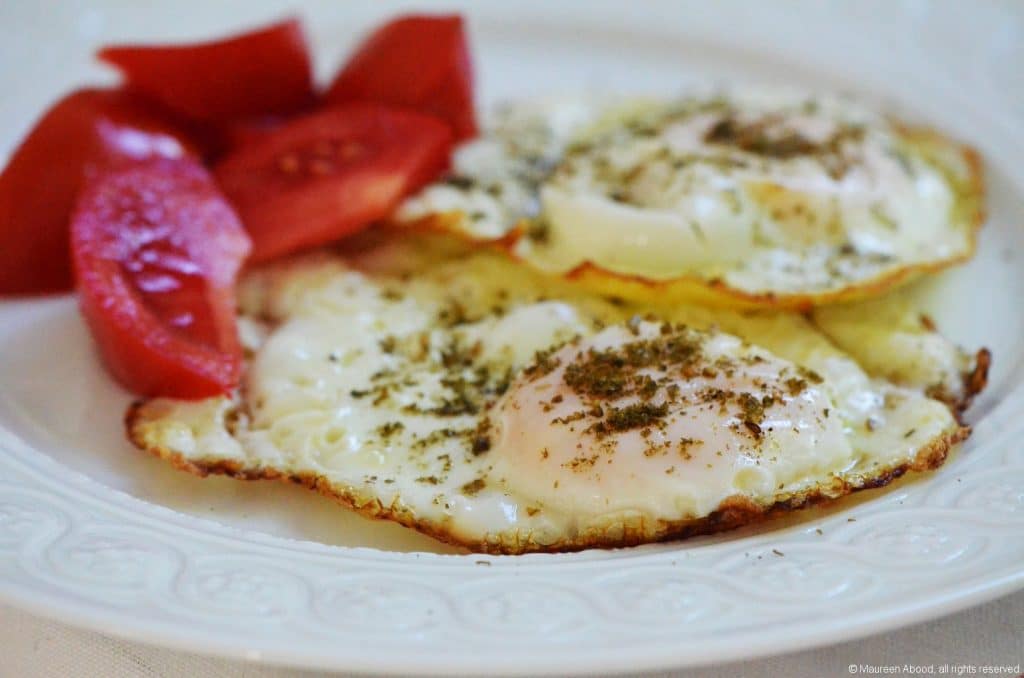
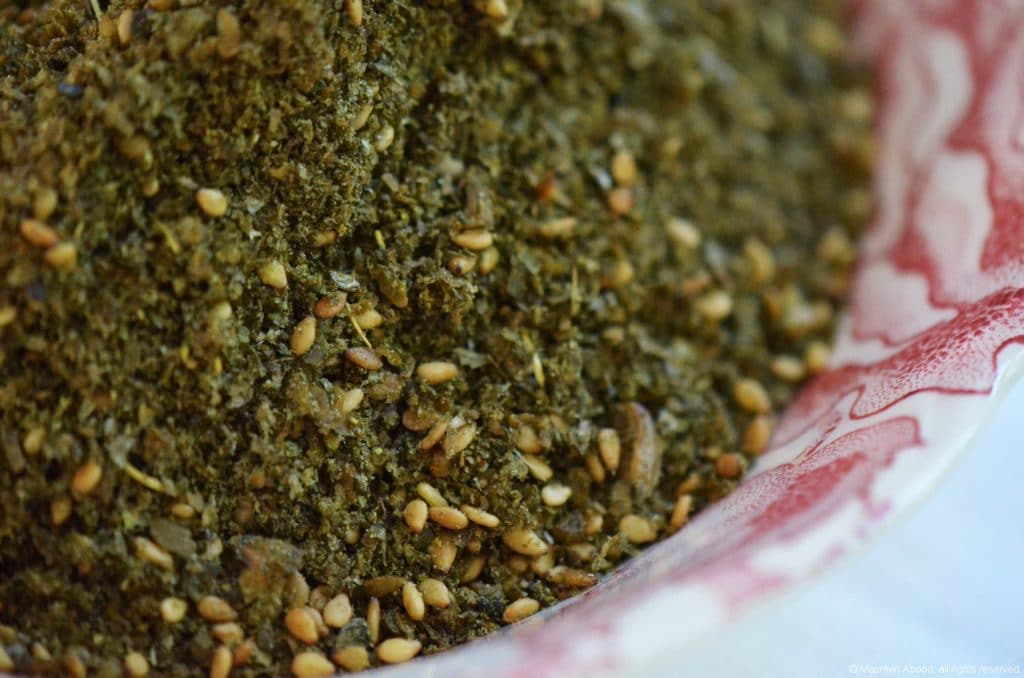
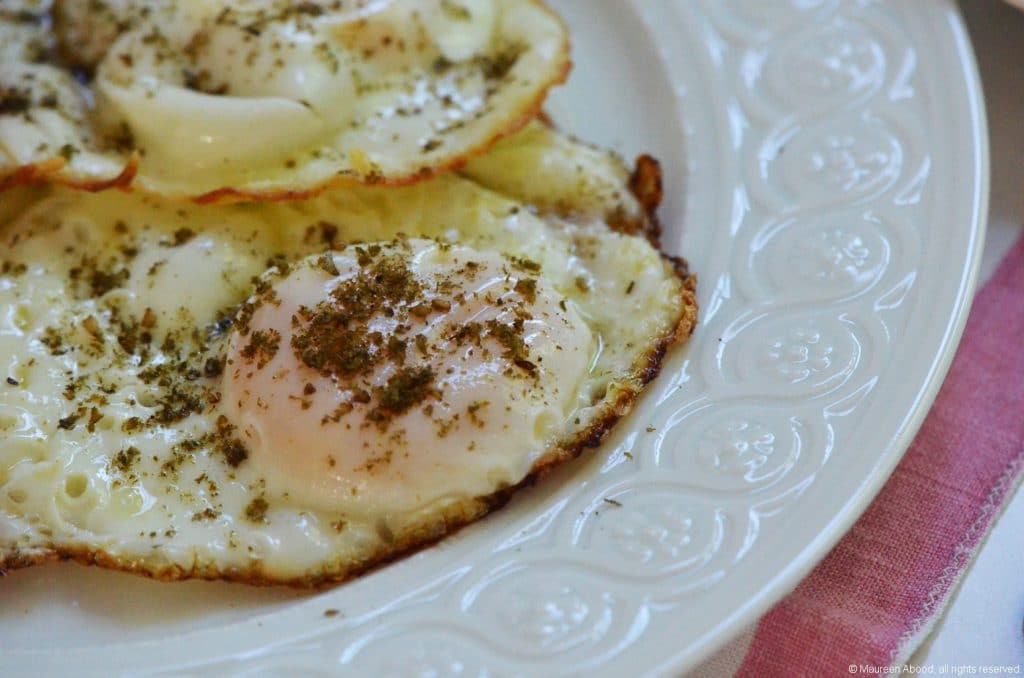


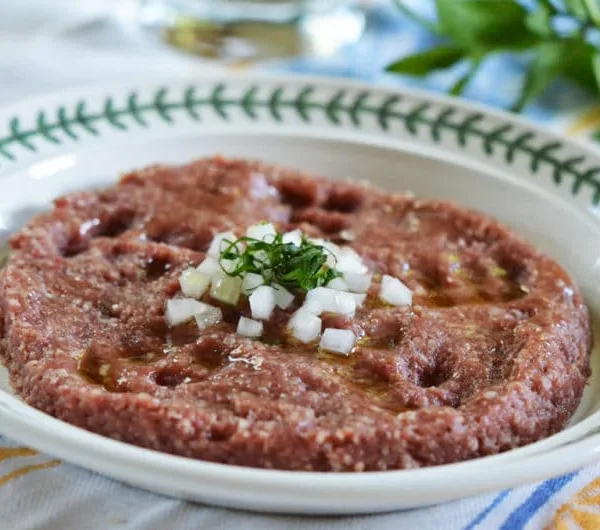
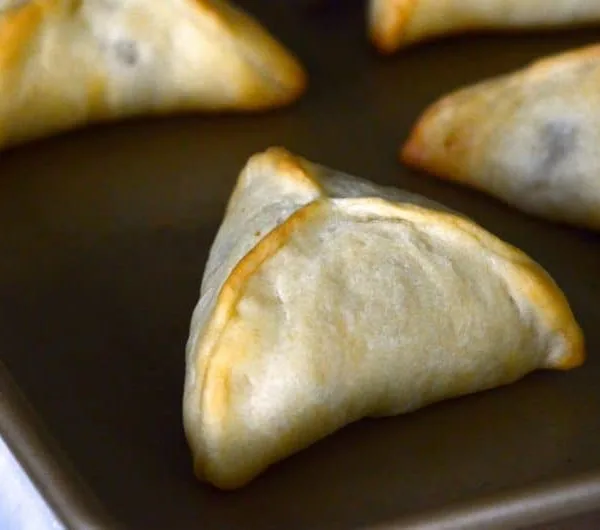







I just bought some-not used it before. Will try on my eggs. I love eggs with tomatoes. I tried the zaatar tonight on baked pork chops. Wow. Was great…with just sauteed garlic bok choy as a simple contrast.
Dean what a great idea to sprinkle za’atar on pork chops! Will try that. The bok choy sounds so good too….
This is interesting! I must give it a try as I do have some middle eastern seasonings including rose water and orange water.
With your culinary school experience and knowledge of Lebanese food, have you thought about opening up a business for yourelf?
Yes Pam, that is on my mind!! Your comments are just fantastic–Peggy loved hearing about your memories of having her in class…she sure remembers being in class with you too!! Thank you—-
Actually the most common and traditional method is fried eggs with sumac; hey, loved your story although I was perplexed: what was lebanese zaatar doing in a Korean restaurant? the fact that she said yellow was a hoot! It reminded me of this guy I was seeing (briefly) who professed to know more about Lebanese history than I…even though he had never even been there.
Thanks Joumana–it wasn’t a Korean restaurant, just a chef of Korean descent…
Mmmm sounds yummy. Not sure if we have eaten it with Zaatar.. green,red…. all so good! Hubby went to Lebanon and brought back fresh smelled so different than stuff you buy in the store. Yesterday and today I am making Makdous!! another favorite egg side dish! My mouth is watering!! Can’t wait until they are ready!!
Your makdous and Lebanese za’atar sound delicious!
Cousin, how can you forget to include a little lebnah with that dish of fried eggs, tomatoes and bread?
We can’t forget the labneh…for me it goes with virtually everything!!
I love love LOVE eggs fried in olive oil. One of the great comfort foods of my life. “Having a bad day, querida?” “Sí, Mamá.” “Let me fry you an egg.” Now I have a new way to enjoy them. Thanks, Maureen!
Beautiful SP!!!!!!!!